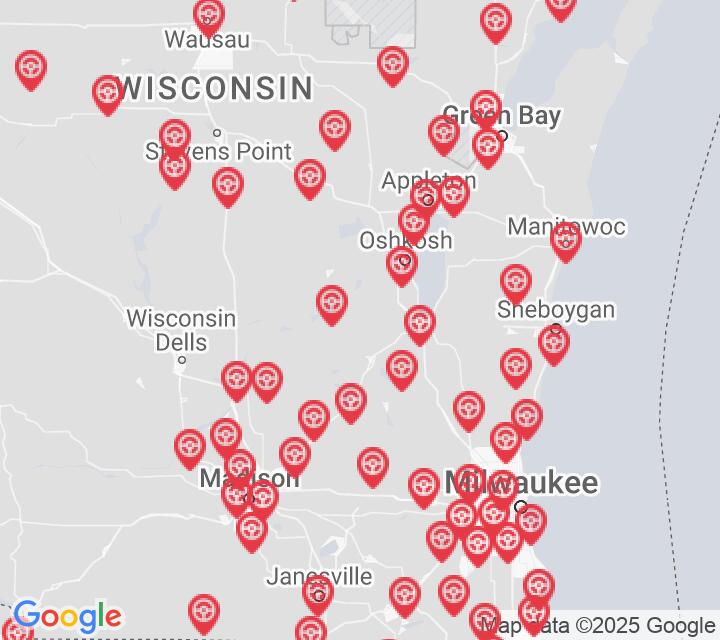Combination
All applicants who are applying for a Class A CDL should be prepared to take the Combination test. This test covers information found in Section 6 of the Wisconsin Commercial Driver's Manual. Section 6 provides the information needed to safely operate tractor-trailers, doubles, triples, and straight trucks with trailers. The test is made up of 20 multiple-choice questions, and applicants will need to correctly answer a minimum of 16 questions to pass. The Combination test is not a replacement for the Double/Triple endorsement test.
Number of Question
Passing Score
8. Place the trailer air supply control in its "emergency" position to test:
Explanation
Be sure to test the trailer emergency brakes before beginning a trip. After ensuring that the trailer rolls freely, you can test the emergency brakes by pulling out the trailer air supply control, or placing it in the "emergency" position. Pull forward slightly with the tractor and make sure the trailer does not move.
9. When a combination vehicle goes around a corner:
Explanation
When a vehicle goes around a corner, the rear wheels follow a different path than the front wheels. This is called off-tracking. This effect is especially pronounced on vehicles with trailers.
10. If a trailer begins to skid, it is best for the driver to:
Explanation
If your trailer begins to skid, you should release the brakes to regain traction. The trailer will begin to straighten out once the wheels begin to grip the road again.
11. A loss of air pressure in the emergency line will cause:
Explanation
The emergency air line controls the emergency brakes on a combination vehicle. A loss of air pressure in the emergency line will cause the emergency trailer brakes to activate.
12. If oil and water build up in your vehicle's air tanks, the brakes:
Explanation
Air tanks should be drained daily to remove water and oil buildup. An excess of oil and water in the air tanks can interfere with proper brake function.
13. If a trailer begins to skid, the driver should:
Explanation
If your trailer starts to skid while you are braking, you should release the brakes and allow them to begin to regain traction. Once its wheels have regained their grip on the road, the trailer will begin to straighten out and follow the tractor.
14. When driving a tractor-trailer equipped with ABS, you should:
Explanation


